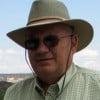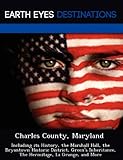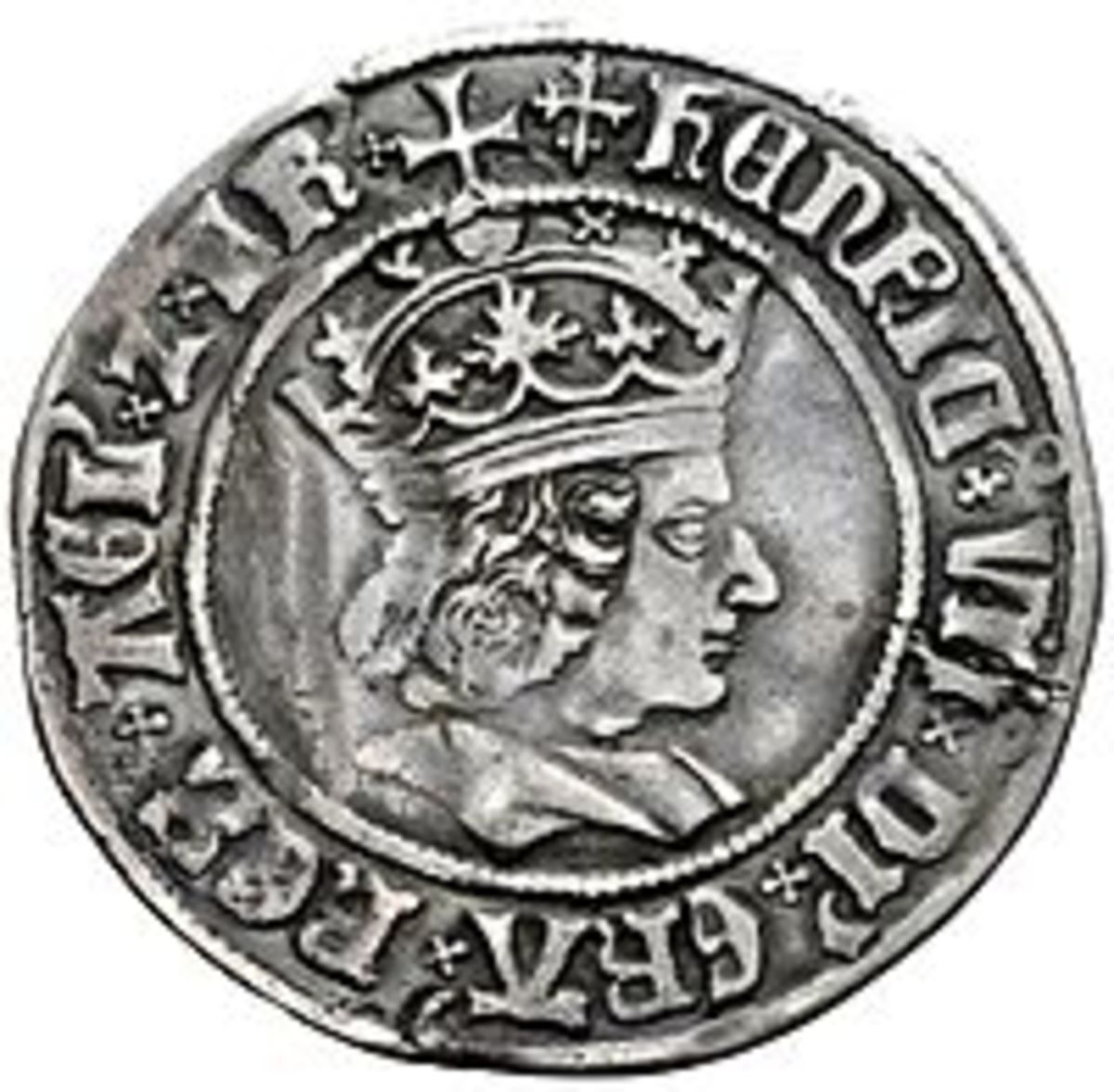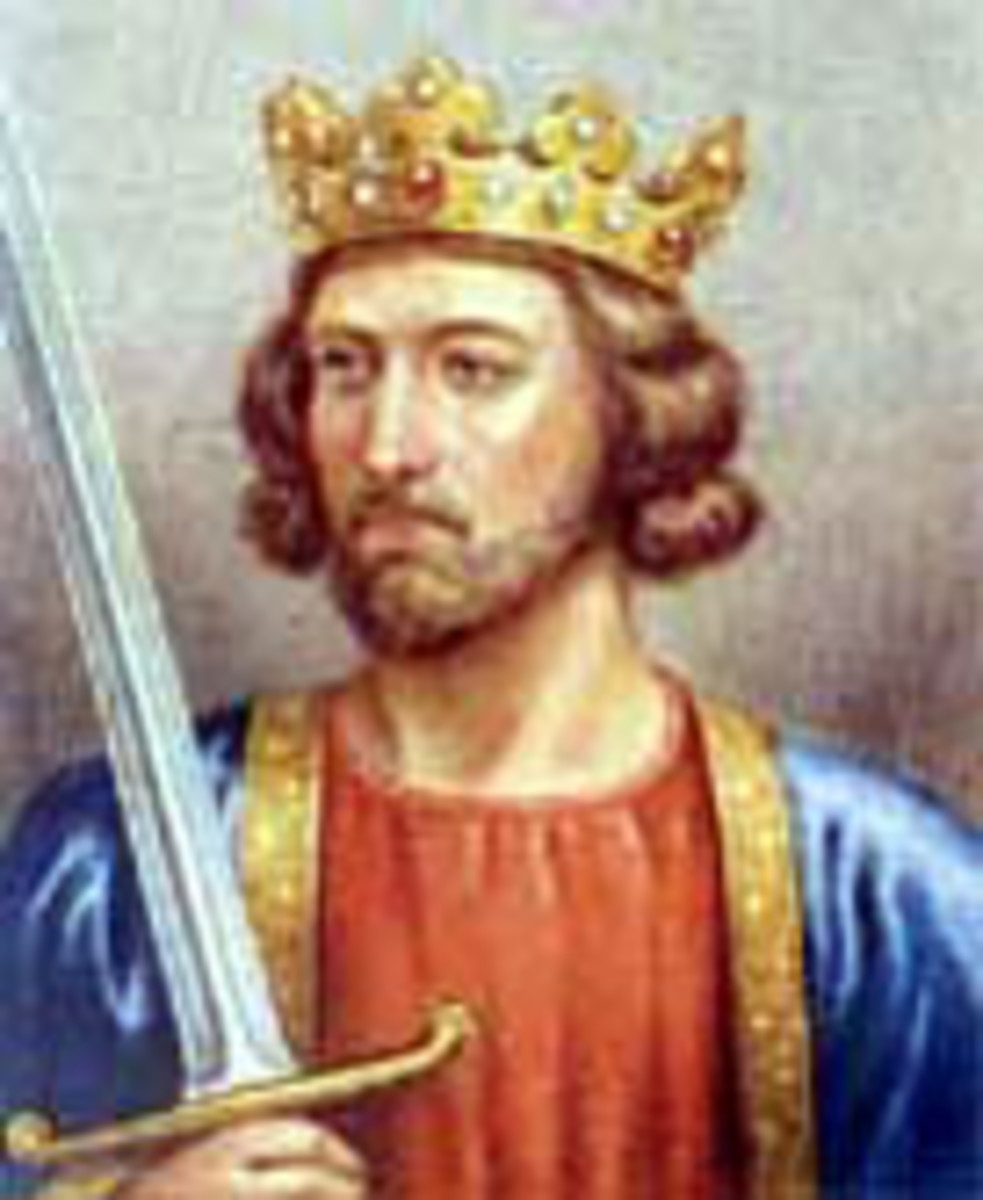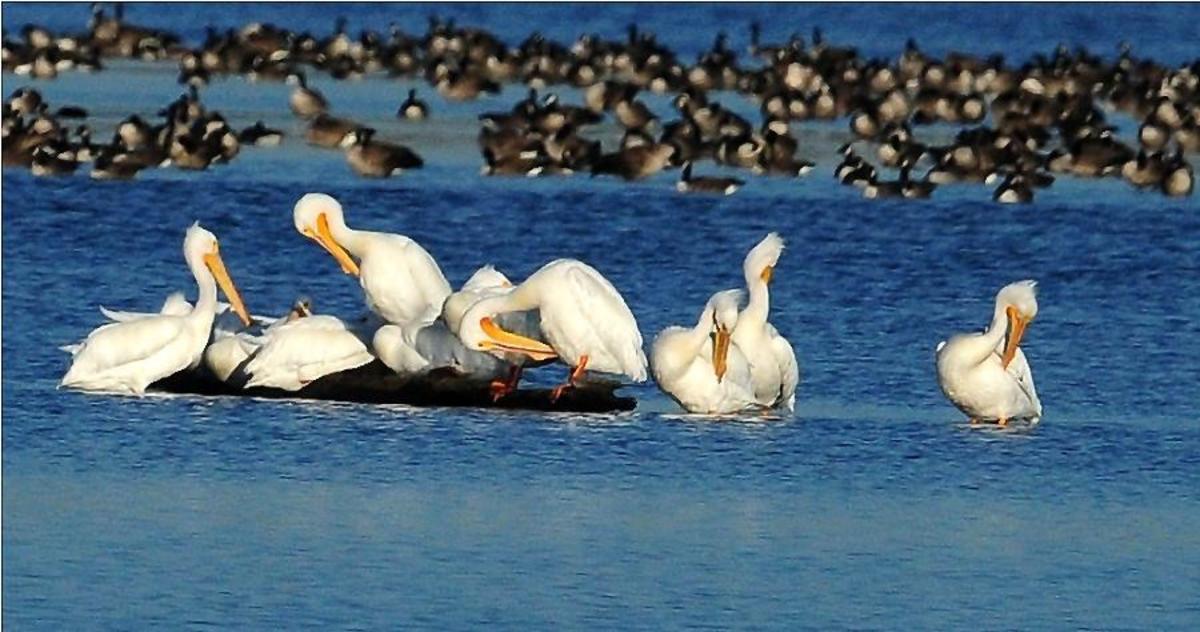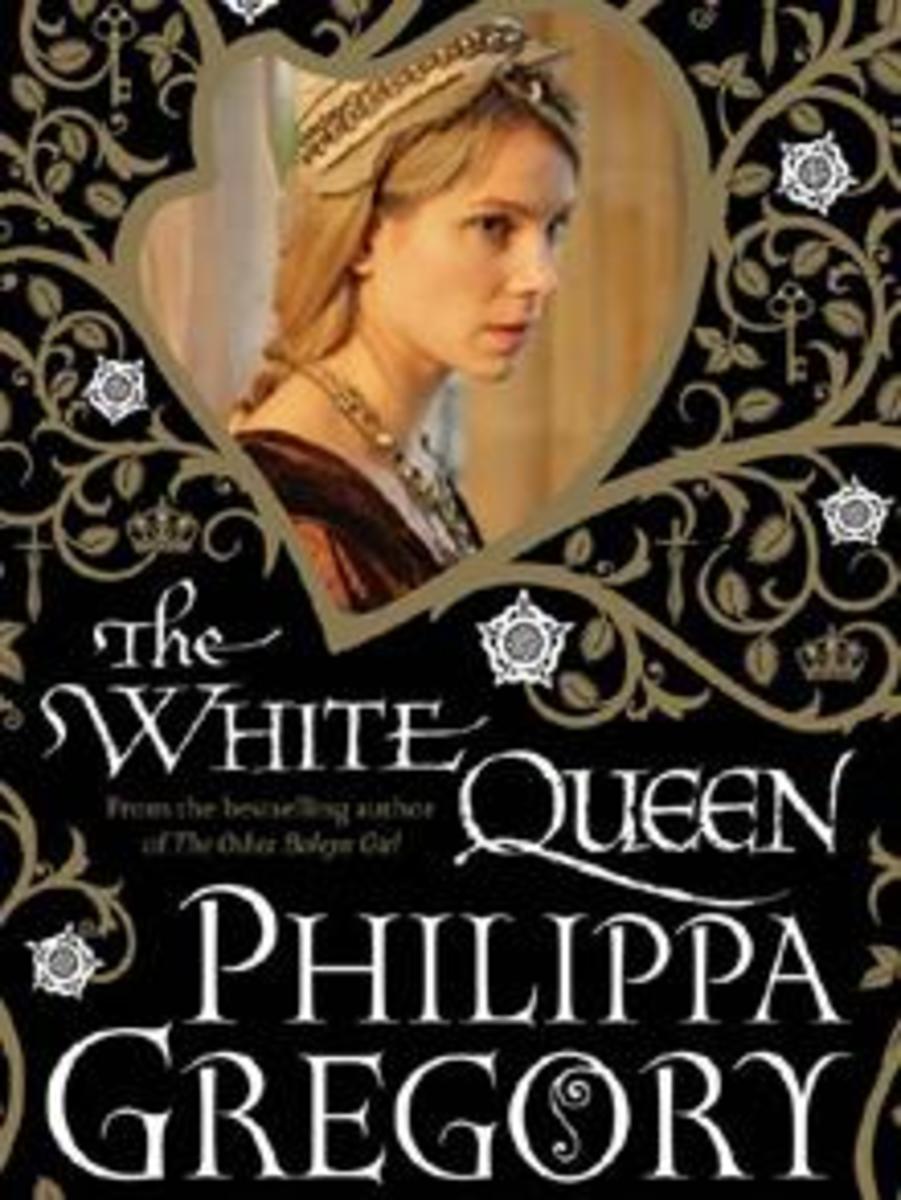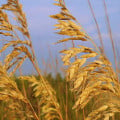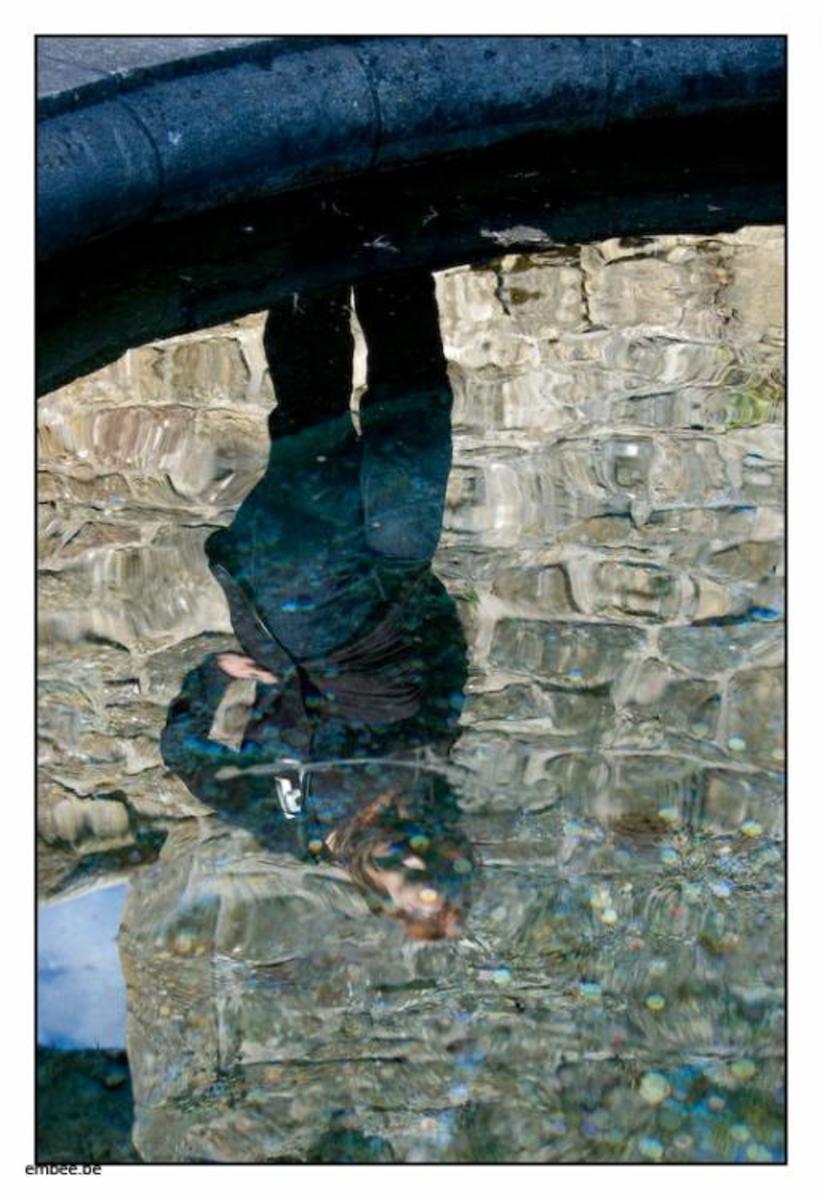Weston Wagons West - Ep. J9 - Theo Weston and the Kinnick brothers settled in the Bryantown, Maryland, area
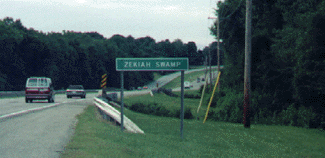
Theo, Jasper and William each found their way in a new location
On their return from military duty in the Caribbean, William Kinnick is ready to settle down and get to work to earn his place as a tenant planter. His older brother, Jasper, having been laid up in the hospital in Jamaica for many months with a broken leg and other maladies, now would prefer to "take it easy." These contrasting situations lead to some minor conflicts during 1744 and 1745, but they soon find a happy medium for both. Theo Weston felt that he helped them through these rough times by being a good friend, always listening to their "perceived woes," and encouraging them to get settled into their tenant plantation work so as not to lose this golden opportunity for each of them.
William focused his energies on what needed to be done to make the land productive. He even bought an old slave, named Tommy, from a neighboring planter who wanted to grow by having a younger work force. Tommy knew how to work, liked to work by himself, and was reasonably productive. These were attributes that worked well for William. There was already a slave shack on the property, and Tommy was happy there, because there was a small garden plot, as well. William encouraged Tommy in his efforts, but stayed out of his way. William's only outside activity was a few hours each week meeting with the local militia unit.
Jasper did his "share" of the family work, in spite of his noticeable limp now, by spending some of his time in Bryantown, keeping up with what was going on in the community. He would talk to others at Theo's blacksmith shop and at the local tavern. The Kinnick brothers became well-known members of the community as industrious, honest, and cooperative. Jasper was constantly on the lookout for tools, supplies, and other materials that would be useful to William at bargain rates while also helping others in any way he could. By the end of 1745, Jasper had married a widow lady named Beth Powers who had a fourteen-year-old son who surprised everyone by taking to both Jasper and William and wanting to learn the life of a planter. Within a year, he asks to have his name changed to Joseph Kinnick, and that was done. Beth enjoyed raising herbs and plants in the garden, and added greatly to the welfare and benefit of the family upon her arrival. She encouraged Jasper to continue his ways in the community.
Bryantown center
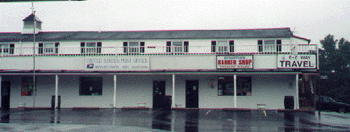
The Kinnick and Weston families each grew as the years passed by
Theo Weston was thirty-two years old in 1751 when he wed Margaret Boarman, a fringe relative of the Boarman Manor proprietors. Their wedding in June was cause for a big celebration at the Bryantown Tavern following a relatively simple ceremony in her parents' home. In 1753, William Kinnick finally became a family man when he married Sarah Ferguson, the daughter of an Irish immigrant school master at the Boarman Manor central plantation.
Three children arrived within four months in 1754. Theo and Margaret had a boy. They named him Cyrus. Jasper and Beth were surprised with an unexpected, but welcome, son, as well. They named him John. William and Sarah had a daughter. They named her Ann.
Theo and Margaret Weston had a girl they named Margaret, but called her Maggie, born in 1757. A second son, David, followed in 1760. The Weston's and the Kinnick's were not part of high society. They participated in community activities in the Bryantown area and participated in local festivals and holidays with others. They all knew each other, but were not particularly closer with each other than with others in the community. Most of their daily contacts were limited to the others in the family living on their own plantation or in their immediate neighborhood.
The William Kinnicks did have four additional children that survived adolescece. Milly was born in 1763, Richard in 1767, John in 1769, followed by Elizabeth in 1771. William's family arrived and grew up in close proximity to Jasper and his family, of course. They all worked together to first survive on the 67 acre plantation, and then, in good years, build some savings hoping one day to be able to purchase the plantation on which they lived.
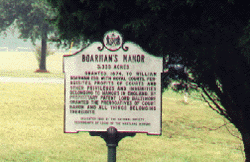
Unrest in the American colonies was known and felt by the people of Bryantown
Theo Weston and Jasper Kinnick interacted regularly around Bryantown as each pursued their own interests and goals. Theo plied his blacksmith trade and also provided a fine venue for neighborhood news and gossip. Men would bring in their horses to be shoed and took the occasion to vent their concerns and seek the news of the day. Jasper was a regular visitor, seeking trading opportunities and also seeking to gather information about the "outer" world that he could take back to this family. They were alway interested to hear the stories he had to tell, as well. Jasper's mark was recorded in the Charles County Deed Book on 7 May 1764. On 12 Jan 1768, he witnessed a Bill of Sale.
By the summer of 1765 the hot topic of conversation was The Stamp Act of the British Parliament that, in effect, was a tax on all printed materials, including legal documents, magazines, newspapers and many other types of paper used in the colony. Nearly everyone was affected. Britain felt the need to raise money to pay the debt built up by participation in the French and Indian War in North America which was part of the larger European Seven Year's War. Since Britain felt the need to continue to station troops in North America following the war, they also believed the colonists should pay for that service. Americans, of course, felt their militias and local people could handle affairs quite adequately and strongly resented being taxed without their consent, in any event. This was a violation of their rights as Englishmen, they declared, long and loud. They were not represented in Parliament, and the colonists believed, on principle and English precedent, that only their colonial local governments could impose any tax on them.
William Kinnick continued his active involvement with the local militia unit. The Stamp Act was a hot topic of conversation there, as well, of course. The local unit had not been required to be involved in the earlier French and Indian War, but, they, as volunteers, had continued to train regularly. They were prepared to participate if they had been needed. And, they, for sure, did not want to pay additional taxes to support continued presence of British troops in North America. They could do any military operation required quite well, thank you very much.
Parliament did repeal The Stamp Act in early 1766, but anger and concern continued, as Parliament passed additional new laws and taxes in one form or another that continued to meet stiff resistance from all of the colonies.
Historical site of capture of John Wilkes Booth, near Bryantown, Maryland
Historical Notes by the Author
All members of the Weston family are fictional, of course. All the Kinnicks and the Boarman Manor were historical figures, used here fictitiously. The specific wife of Jasper is unknown, historically, and is therefore created fictionally for this story. John is the actual son of Jasper, but the relationship of the historical Joseph to the other Kinnicks is unknown and treated here fictionally. Similarly, Sarah, Ann and the other Wiliam Kinnick children are historical, but the details of their birthdates and early lives are filled in fictionally. They each played key roles in the life of William Kinnick, the 5th great-grandfather of the author. Each of the relationships within which these historical figures appear in these episodes are totally consistent with known historical facts for each such person in the official records of Maryland.
The author's historical perspective in this hub relied extensively on his published article in the Maryland Genealogical Society Bulletin, "Analysis of 18th Century Kinnick Surname References in Maryland," Winter 2002, Vol. 43, No. 1, Compiled by William L. (Bill) Smith For the KINNICK Project, pp. 77-90.
Author visit to Bryantown area
- Intro to Bryantown
The author and his wife visited the Bryantown area in the summer of 2001, took the photos shared here, and recorded the experience in elementary web pages created shortly after the visit
